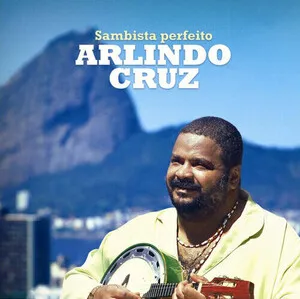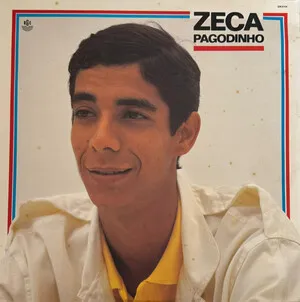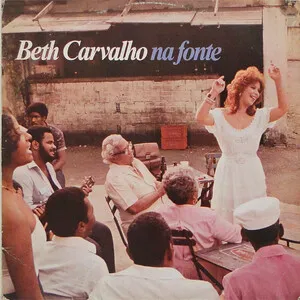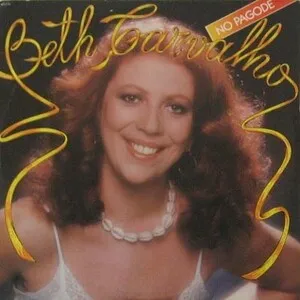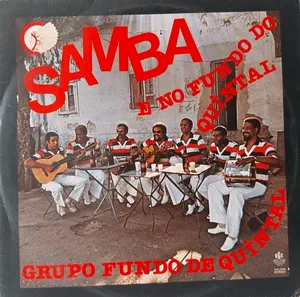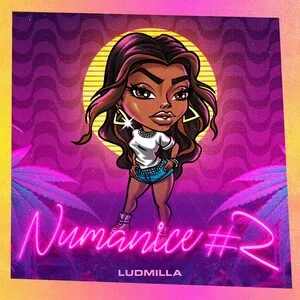Your digging level
Description
Pagode is a substyle of Brazilian samba that crystallized in Rio de Janeiro in the late 1970s and became a national phenomenon in the 1980s. The word "pagode" originally meant a backyard party, and the genre reflects that intimate, convivial setting: acoustic instruments clustered around a table, communal singing, call-and-response hooks, and lyrics about love, friendship, bohemian life, and everyday humor.
Musically, pagode emphasizes a warm, mid-tempo samba groove driven by hand percussion (pandeiro, repique de mão, tantã) and the bright strum of cavaquinho or banjo-cavaquinho. It favors catchy choruses, tight vocal harmonies (coro de apoio), and short, memorable melodies over virtuosic display. In the 1990s, a smoother, pop-leaning branch—often called pagode romântico—added keyboards, fuller vocal arrangements, and lush production, taking the style to mainstream radio while preserving its samba pulse.
History
Pagode took shape in the backyard “rodas de samba” of Rio de Janeiro, especially around the Cacique de Ramos bloco. Musicians such as Almir Guineto, Jorge Aragão, and the circle that would become Fundo de Quintal refined a compact, acoustic ensemble sound. They introduced or standardized key timbral elements—most famously the tantã (a hand-played bass drum), repique de mão, and the banjo-cavaquinho—creating a fresh texture distinct from larger samba-school baterias and studio-oriented MPB.
In the early 1980s, Grupo Fundo de Quintal recorded influential albums that codified the idiom’s repertoire, instrumentation, and groove. Beth Carvalho, a pivotal champion of samba, brought many of these composers and groups onto big stages and into studios. The style’s hallmarks—call-and-response refrains, communal “coro de apoio,” and witty, everyday-life lyrics—made it highly accessible and danceable, helping pagode spread rapidly beyond Rio.
A smoother, pop-oriented wave emerged in the 1990s, often called pagode romântico. Groups like Raça Negra, Só Pra Contrariar, and Exaltasamba brought in keyboards, sax pads, slick backing vocals, and glossy production, without abandoning the samba heartbeat. Themes turned more overtly romantic, hooks grew bigger, and the style dominated national radio and TV, expanding the audience across Brazil and into Lusophone markets.
While romantic pagode remains popular, a roots-conscious current continues, keeping the roda aesthetics and acoustic core alive. Newer artists integrate modern songwriting, R&B inflections, and contemporary production while staying faithful to the syncopated tan-tan/pandeiro engine. Pagode also influenced Bahia’s energetic pagodão scene and continues to interact with Brazilian pop and urban styles, ensuring its ongoing evolution.


